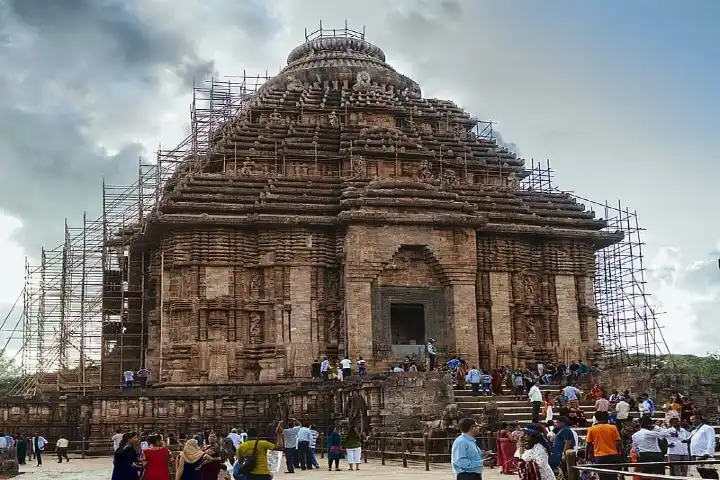The Archaeological Survey of India has undertaken the major work of removing the sand filled in the Konark Sun Temple in Odisha as it causing unwanted stress to its walls.
The British between 1900 and 1903 had sealed the four entrances to this magnificent 13th Century temple with the aim to avert its collapse when they undertook its preservation. It was done based on the assumption that the sand will bear the complete load of the top. Now that same sand has led to several cracks in the structure from the inside. The Centre in February 2020 decided to remove the sand.
Talking to HT, an ASI official said: “But the sand has settled down and the whole purpose of it has been defeated. The sand was causing a lot of unwanted stress to the walls. Unless the sand is taken away, it will keep pushing the walls.”
Arun Mallick, the ASI Superintendent of the Bhubaneswar Circle told the media that detailed study had been conducted in the last two years and several experts had been consulted including faculty of Indian Institute of Technology Madras and Central Building Research Institute, Roorkee.
The sand will be removed through the four gates. While technical advice will be rendered by BDR Nirman P. Ltd, the sand will be removed by the ASI staff only.
The Konark Sun Temple was constructed by the King Langula Narasingha Dev of the Ganga dynasty 800 years ago. It took 16 years for 1,200 artisans and craftsmen to make this monument.
Interestingly, ASI has done similar restoration work of the 12th Century Angkor Wat Temple from 1986 and 1993. They also restored the Ta Prohm Temple in the same complex.




















